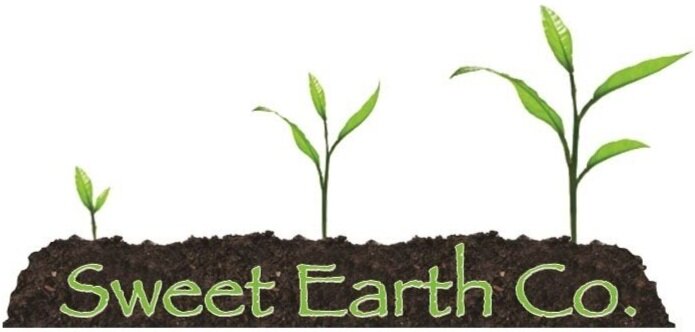Soil Testing: Why, When, and How to Do It for a Healthier Garden
Healthy soil is the foundation of a healthy garden. According to the U.S. Department of Agriculture, soil health can help improve your land’s resiliency through a decrease in erosion and an increase in nutrient cycling — among other things!
While this is important in large-scale farming, it’s also important for our backyard gardens. Simply put, healthy soil supports healthy plants that are higher in nutrients and more resilient to climate changes and pest pressure.
Why Get a Soil Test
Doesn’t soil left alone naturally develop the proper nutrients to support the plants?
Not necessarily. A soil test will help you pinpoint the levels of nutrients in your soil, which can become unbalanced. Additionally, some plants require different nutrients and pH levels — a soil test can help you perfect these levels for the specific plants you’re growing.
A soil test can also help to identify contaminants in the soil.
Your test will tell you what’s working in your soil, but also what’s not, so you can address any issues by amending your soil.
Learn more about soil in our free Soil Health Starter Guide.
When to Get a Soil Test
Fall is a great time to get a soil test because you can assess whether the crops or plants you grew throughout the season drew upon or depleted nutrient levels in the soil. You can then apply any amendments before planting starts back up in the spring.
According to the Agronomic Crops Network, an extension of Ohio State University, fall is also the time when moisture levels in the soil are ideal for sampling.
If you are starting a new garden, whether in spring, summer or fall, it’s important to test the soil first so you can determine a base line of nutrient levels in the soil.
How to Get a Soil Test
The best way to take a soil sample is to collect soil from a few different areas of your garden (a few tablespoons from each) so you have a representative sample. Be sure to dig at least six inches down to collect soil. You can then send this sample to a testing company for a full analysis. These testing companies offer various tests, from simple to more comprehensive. At the minimum, you will want to test for pH, level of organic matter, and levels of macro and micronutrients. We like these soil testing labs:
Soil Amendments
Your soil test results will reveal nutrient deficiencies or excesses so you can apply amendments to make corrections. Some of the soil testing companies will also provide recommendations for which amendments to apply to your soil. While you can add macro and micronutrients to your soil, such as Nitrogen, Calcium, Potassium, etc., to correct imbalances or add limestone or sulfur to increase or decrease pH, the best way to improve the nutrients and texture of your soil is with compost! We’ve talked in-depth about compost on the blog, and you can learn more about it here and learn how to make your own here.
Building a healthy soil ecosystem is the foundation for a healthy garden, and understanding the makeup of your soil and its nutrient profile is the foundation. With this information, you can make decisions about what to plant to ensure success.
To learn more about creating and maintaining a healthy, eco-friendly garden, learn more about The Eco-Friendly Cutting Garden program.


